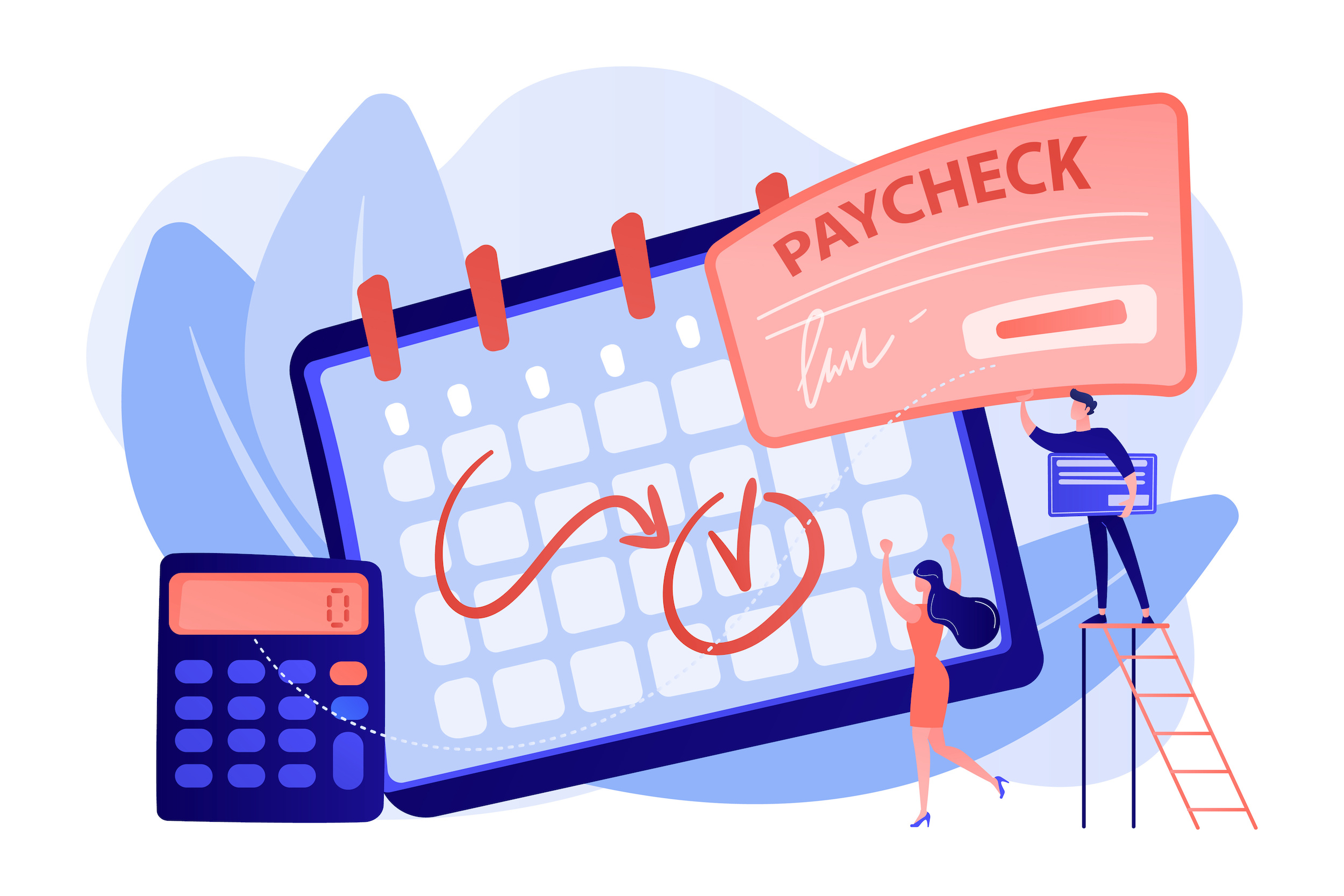
Not every investment is a wise one, but that’s hard to remember when you’re fighting for a positive cash flow. Try the below exercise to find out if your next big idea is a sales opportunity or trap.
Step 1
Write the following at the top of a piece of paper:
- Your vision for your business
- Your 10-year business goal
- Who you serve
- What you sell
Step 2
Next, ask yourself the following questions. I find it helpful to write these on the left side of the same piece of paper:
- How will my idea impact the business in the next 10 minutes?
- How will my idea impact the business in the next 10 months?
- How will this impact the business in the next 10 years?
- Does it help me reach my vision in 10 minutes, 10 months, or 10 years?
- Does this opportunity allow me to serve my customers in the next 10 minutes, 10 months, or 10 years?
- Does it align with or complement what I sell?
Step 3
Now, think of your idea and run through each of these questions. If for each idea you can honestly answer yes, then it’s an opportunity. But if you have any doubt, forget about the idea—it’s a trap. If you run out of ideas, then it’s back to the drawing board. For more ideas, ask customers, employees, and even other stores for their thoughts.
On the other hand, if there are multiple ideas that work, then start with the one that will have the biggest impact in the next 10 minutes.
Inspiration for this post comes from “Opportunity or Trap” by Jacob Curtis, CPA, published in the February 2023 issue of Creative Retailer.
If you’re looking for more information to guide you in owning a retail business, subscribe to Creative Retailer today. Already a subscriber? No worries—join our Facebook group for insights and dialogue from industry specialists like you. And don’t forget, you can always purchase single issues if you prefer that instead.
If you still can’t get enough, register for the Creative Retailer LIVE Spring 2023 event May 2-4 in Pawhuska, Oklahoma for opportunities to learn from peers and network with industry professionals.






